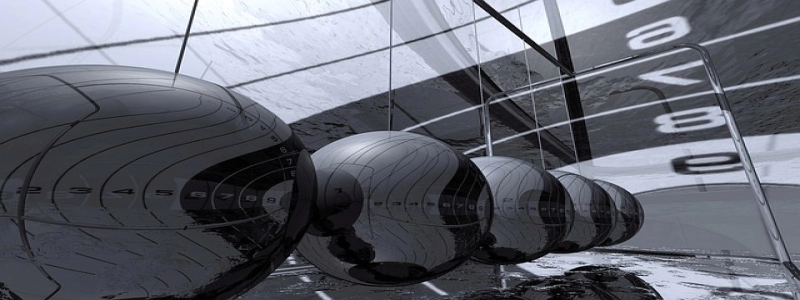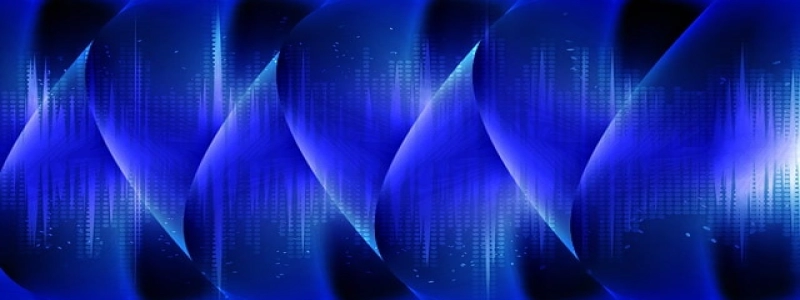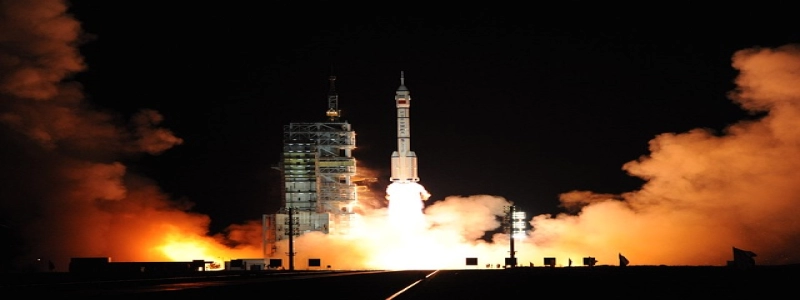What is the Relationship Between Wavelength and Energy?
Introduction:
Wavelength and energy are fundamental concepts in the field of physics. Understanding the relationship between them is crucial as it provides insights into various phenomena, such as the behavior of light and the properties of different forms of energy. In this article, we will explore the relationship between wavelength and energy, their definitions, and how they correlate with each other.
I. Wavelength Definition:
The wavelength refers to the distance between two consecutive points of a wave that are in the same phase. In simpler terms, it is the length of one complete wave cycle. Wavelength is commonly symbolized by the Greek letter lambda (λ) and is measured in units such as meters (m), nanometers (nm), or angstroms (?). It is particularly relevant in the study of waves, including electromagnetic waves like light.
II. Energy Definition:
Energy, on the other hand, is the ability to do work or cause change. It exists in various forms, such as kinetic energy (energy of motion), potential energy (stored energy), thermal energy (heat energy), and electromagnetic energy (energy carried by light). Energy is measured in units like joules (J) or electron volts (eV), depending on the context.
III. The Relationship Between Wavelength and Energy:
The relationship between wavelength and energy can be explained using the wave-particle duality theory, which suggests that light can behave both as a wave and as a particle called a photon.
1. Electromagnetic Waves and Energy:
Electromagnetic waves, including light waves, exhibit a wide range of wavelengths. The longer the wavelength, the lower the energy carried by the wave. For example, radio waves have longer wavelengths and lower energy compared to visible light waves. This is why radio waves are less harmful to living organisms than X-rays or gamma rays.
2. The Photon Concept:
According to the quantum theory of light, light can be seen as a stream of particles called photons. The energy of a photon is directly proportional to its frequency, which is the reciprocal of wavelength. This means that shorter wavelengths carry higher energy photons, while longer wavelengths have lower energy photons. For instance, ultraviolet light with shorter wavelengths has more energy than infrared light with longer wavelengths.
3. Application in Everyday Life:
The relationship between wavelength and energy is evident in various applications. For instance, in photography, the wavelength determines the color of the light captured by the camera sensor. In technology, it determines the efficiency of solar panels. Wavelength and energy are crucial considerations in fields such as spectroscopy, telecommunications, and astronomy as they help analyze and understand different phenomena.
Conclusion:
In conclusion, wavelength and energy are interconnected, and their relationship plays a vital role in understanding the behavior of waves and the propagation of light. The shorter the wavelength, the higher the energy carried by the wave or photon. Understanding this relationship allows us to harness various forms of energy for practical use and gain insights into the fascinating world of physics.








